What Are Bathroom Fixtures: when it comes to designing and renovating your bathroom, one crucial aspect that often gets overlooked is the selection of appropriate bathroom fixtures. These fixtures play a significant role in not only enhancing the functionality of your bathroom but also adding style and elegance to the space. In this article, we will explore the different types of bathroom fixtures available and how they can elevate your bathroom experience.
Bathroom fixtures encompass a wide range of essential components that complete a bathroom’s overall look and functionality. They include faucets, showerheads, sinks, vanities, bathtubs, showers, toilets, and bidets. Each fixture serves a unique purpose and contributes to the overall aesthetics and practicality of the bathroom space.
What Are Bathroom Fixtures?
Bathroom fixtures are essential components that provide water supply, drainage, and other necessary functionalities in a bathroom. They include items such as faucets, showers, sinks, toilets, bathtubs, towel bars, and more. These fixtures are carefully designed and engineered to ensure efficient water usage, durability, and ease of use.
The Importance of Choosing the Right Bathroom Fixtures
Bathroom fixtures are not just functional elements; they also have a significant impact on the ambiance and style of your bathroom. Choosing the right fixtures can transform an ordinary bathroom into a luxurious retreat, creating a harmonious and inviting atmosphere. Additionally, well-selected fixtures can improve water efficiency, enhance convenience, and increase the overall value of your home.
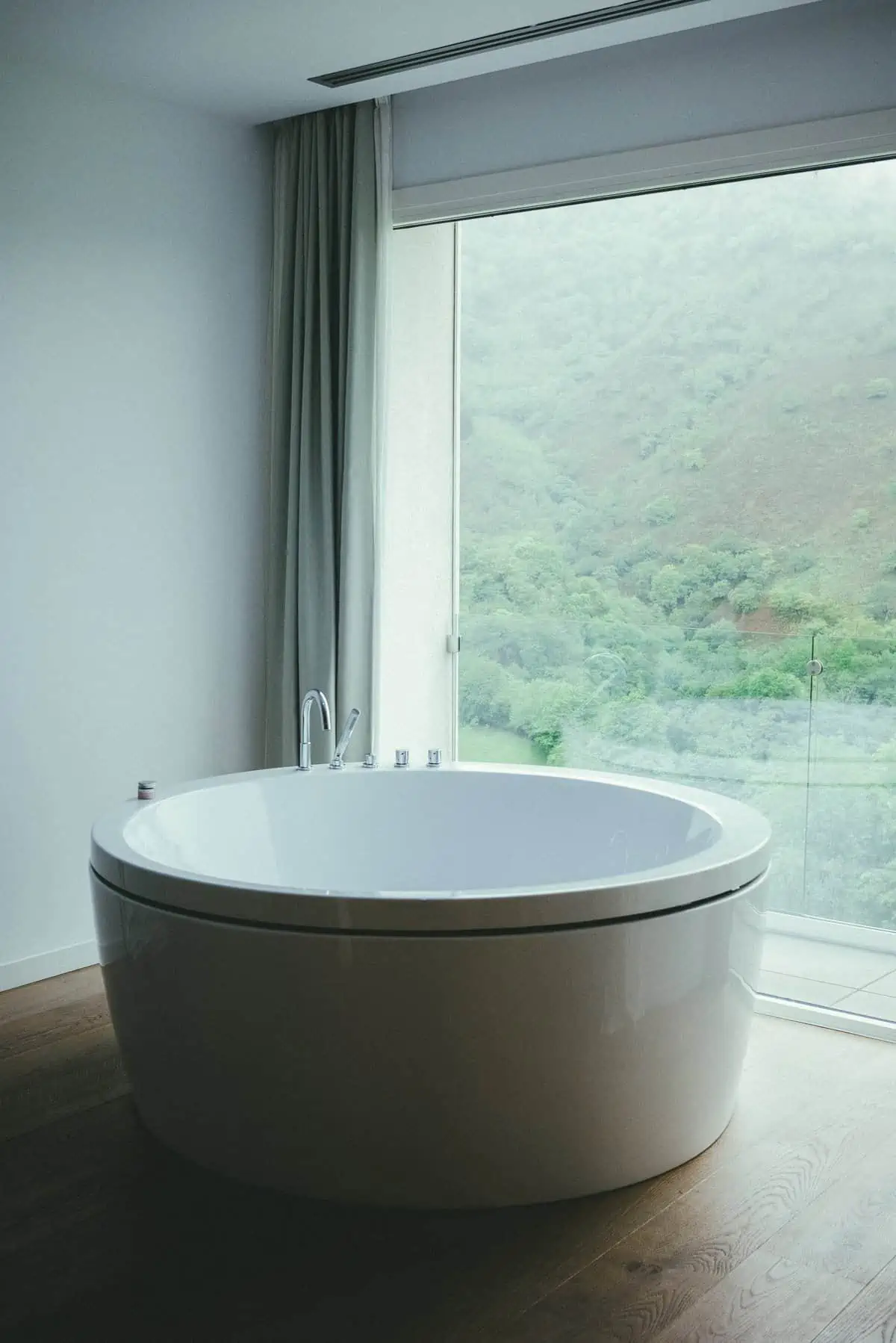
Selecting the right bathroom fixtures is crucial for several reasons:
1. Functionality
Bathroom fixtures play a vital role in ensuring the smooth functioning of your bathroom. By choosing fixtures with efficient water flow, temperature control, and reliable mechanisms, you can enhance your daily bathroom experience.
2. Aesthetics
Well-chosen bathroom fixtures can elevate the visual appeal of your bathroom. Whether you prefer a modern, minimalist look or a classic, traditional style, the right fixtures can complement your overall design theme and create a cohesive look.
3. Durability
Investing in high-quality bathroom fixtures ensures their longevity and reduces the need for frequent repairs or replacements. Durable fixtures not only save you money in the long run but also contribute to a hassle-free bathroom experience.
4. Water Efficiency
With the growing emphasis on environmental sustainability, choosing water-efficient fixtures is essential. Opting for fixtures with water-saving features can significantly reduce water consumption and contribute to conservation efforts.
Types of Bathroom Fixtures
1. Faucets
Faucets are the primary source of water in a bathroom. They come in various styles, including single-handle, double-handle, and touchless options. With advancements in technology, you can now find faucets with temperature control, water-saving features, and sleek designs to enhance the aesthetic appeal of your bathroom, while ensuring a smooth and enjoyable water flow.

2. Showerheads
Showers offer a refreshing and invigorating bathing experience. They come in different types, such as fixed showerheads, handheld showerheads, rain showers, and body sprays. Modern showers often incorporate features like thermostatic controls, adjustable water pressure, and LED lighting to create a personalized and luxurious showering experience.
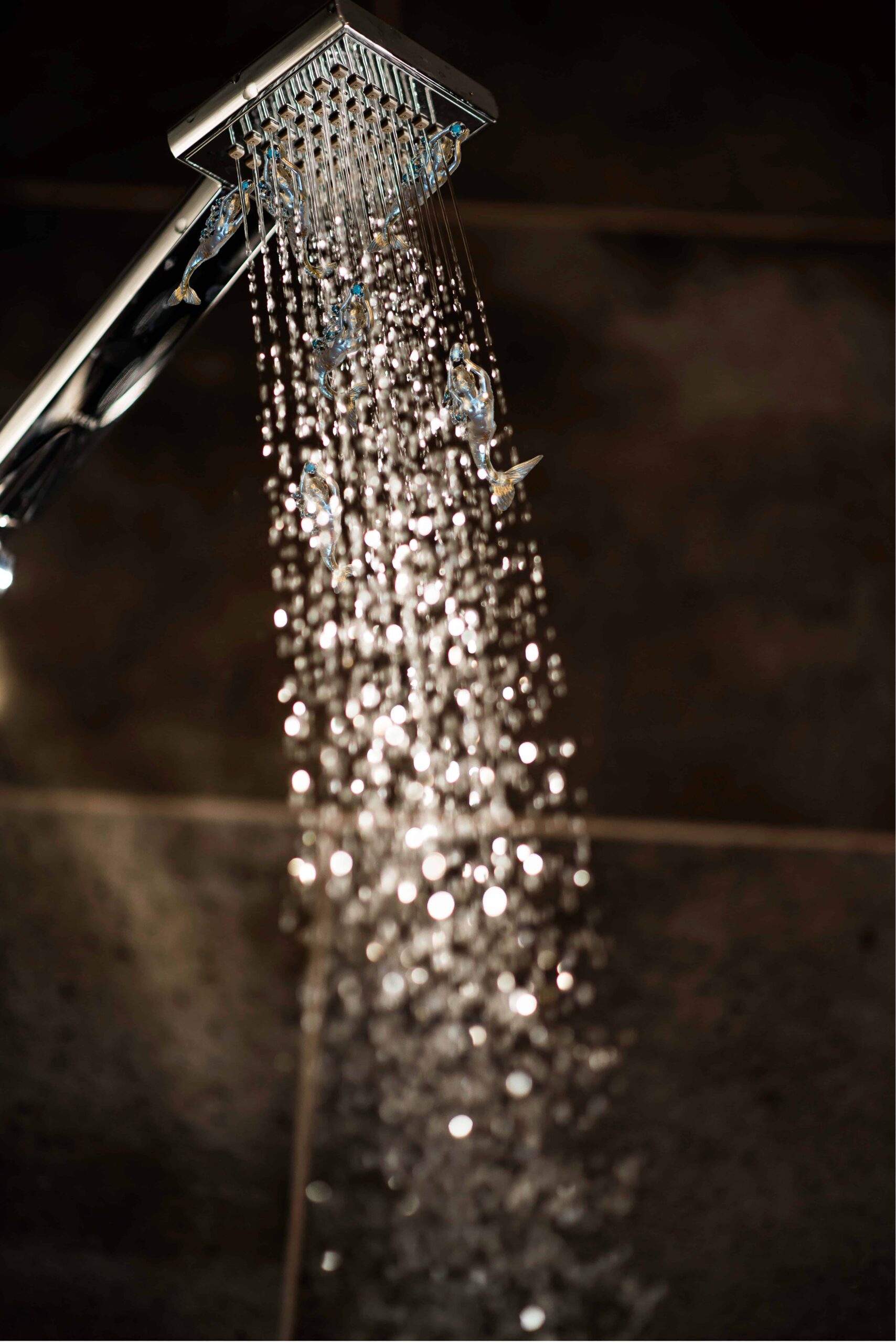
2. Sinks and Vanities
Sinks and vanities provide functional spaces for washing hands, brushing teeth, and storing bathroom essentials. They are available in a variety of materials such as ceramic, porcelain, glass, and stone. Sinks can be mounted on the countertop, integrated into the vanity, or wall-mounted, offering versatility and flexibility in design.
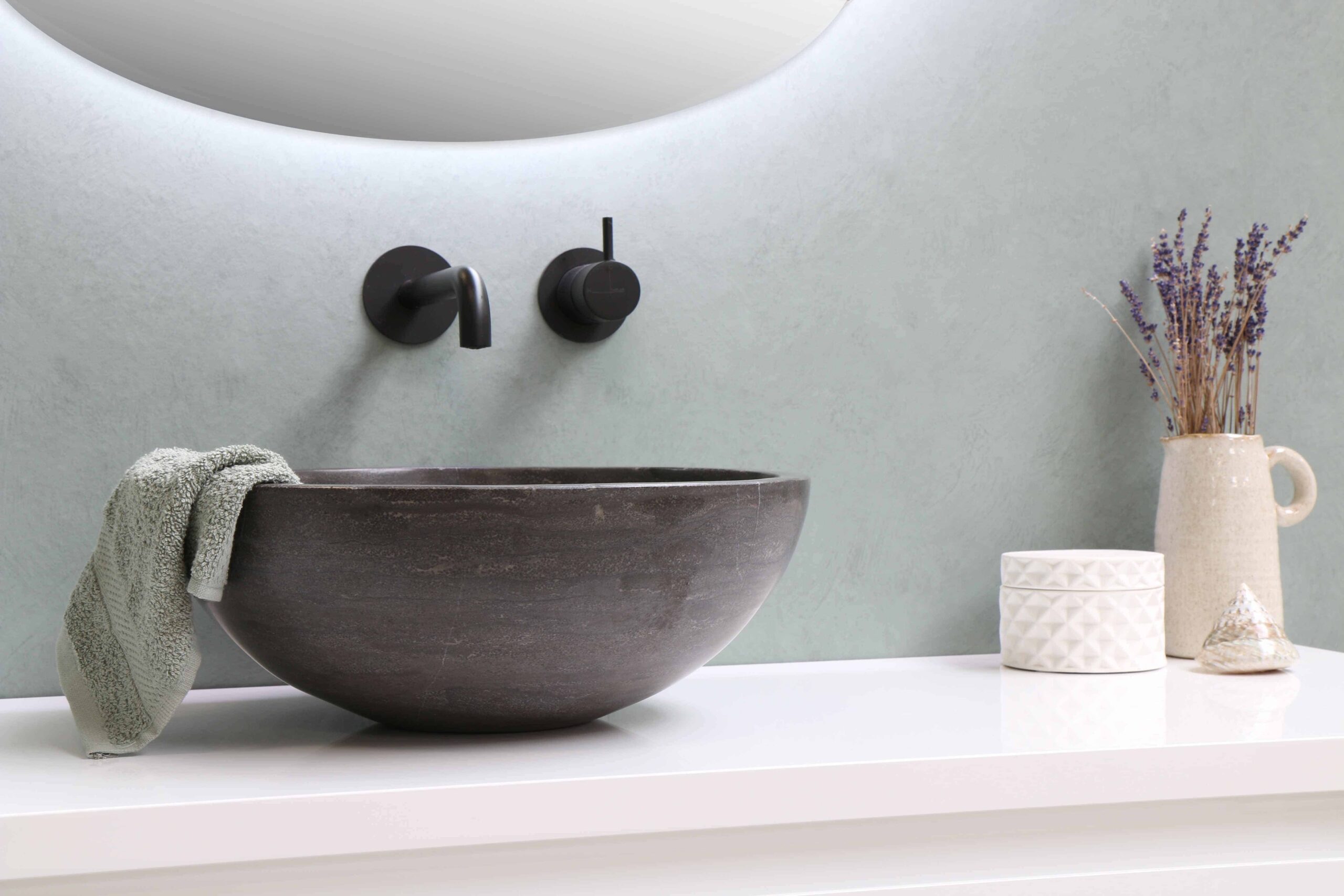
3. Bathtubs and Showers
Bathtubs and showers are the focal points of relaxation in a bathroom. Whether you prefer a soothing soak in a bathtub or a refreshing shower, these fixtures come in a wide range of shapes, sizes, and styles to suit your preferences. From freestanding tubs to walk-in showers with rainfall showerheads, the choices are endless.
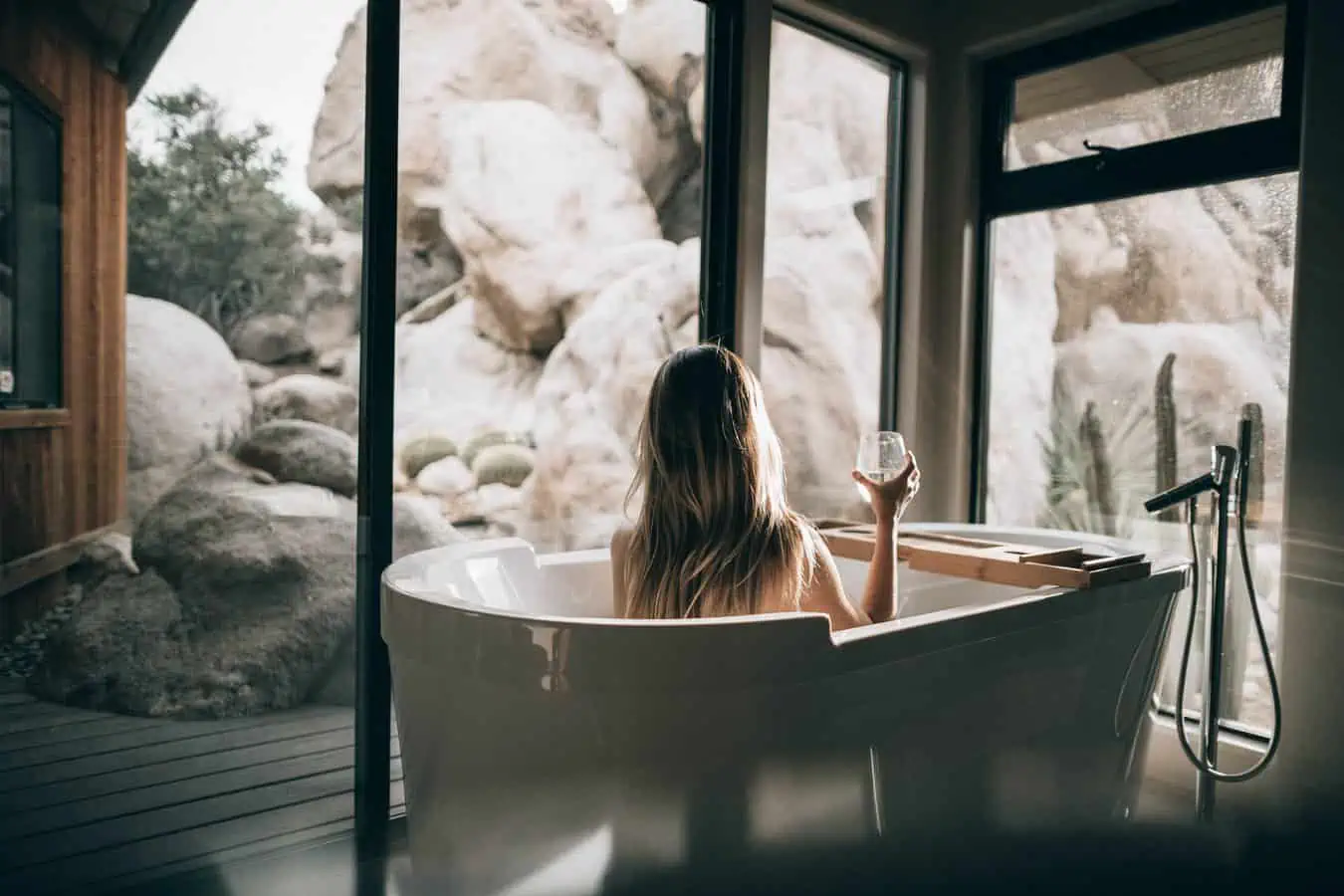
4. Toilets and Bidets
Toilets and bidets are essential fixtures in any bathroom. While toilets provide a sanitary and efficient waste disposal system, bidets offer a hygienic cleansing option. Modern toilet designs incorporate water-saving features, dual-flush mechanisms, and advanced technologies, making them eco-friendly and comfortable.
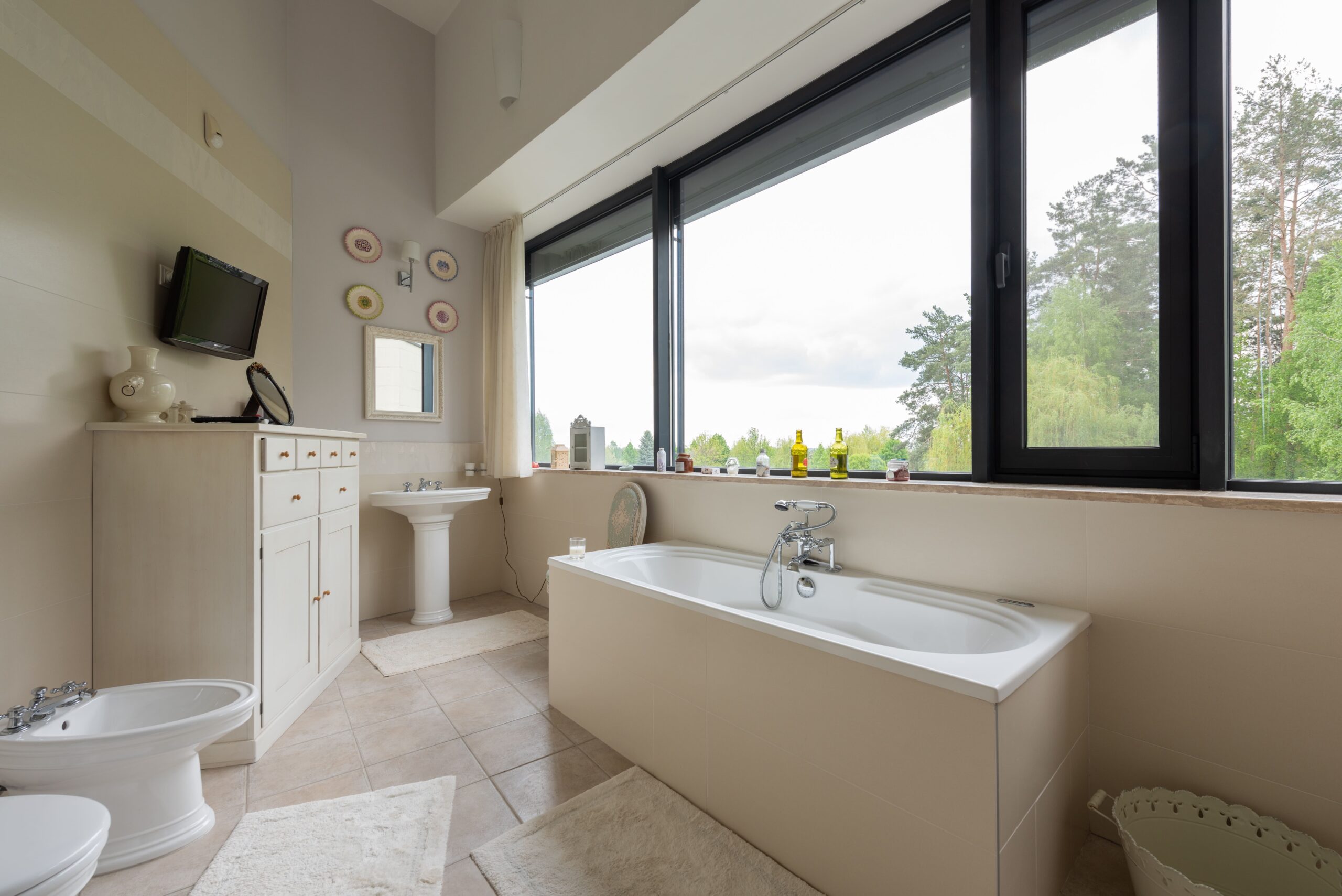
Materials and Finishes
Bathroom fixtures are available in various material and finishes, allowing you to create a cohesive and visually appealing bathroom design. Common materials include chrome, stainless steel, brass, nickel, and bronze. Each material has its unique characteristics, such as durability, resistance to corrosion, and aesthetic appeal.
Factors to Consider When Choosing Bathroom Fixtures
When selecting bathroom fixtures, there are several factors to keep in mind to ensure you make the right choices:
1. Style and Design
Consider the overall style and design of your bathroom. Choose fixtures that complement the existing decor or create a cohesive theme if you are redesigning the entire space.
2. Functionality and Convenience
Evaluate the functionality and convenience of the fixtures. Opt for features such as easy-to-use handles, adjustable water flow, and additional functionalities like hand showers or built-in LED lights.
3. Water Efficiency
Incorporate water-efficient fixtures to conserve water and reduce utility bills. Look for fixtures with WaterSense labels or low-flow options that maintain performance while minimizing water consumption.
4. Durability and Maintenance
Select fixtures made from durable materials that can withstand daily use and are easy to maintain. Consider factors such as resistance to tarnishing, ease of cleaning, and longevity.
Installation and Maintenance Tips
Proper installation and regular maintenance are essential for maximizing the lifespan and performance of your bathroom fixtures. Follow manufacturer guidelines for installation or hire a professional plumber to ensure accurate and secure installation. Additionally, regularly clean and maintain the fixtures to prevent buildup of grime, mold, or mineral deposits.
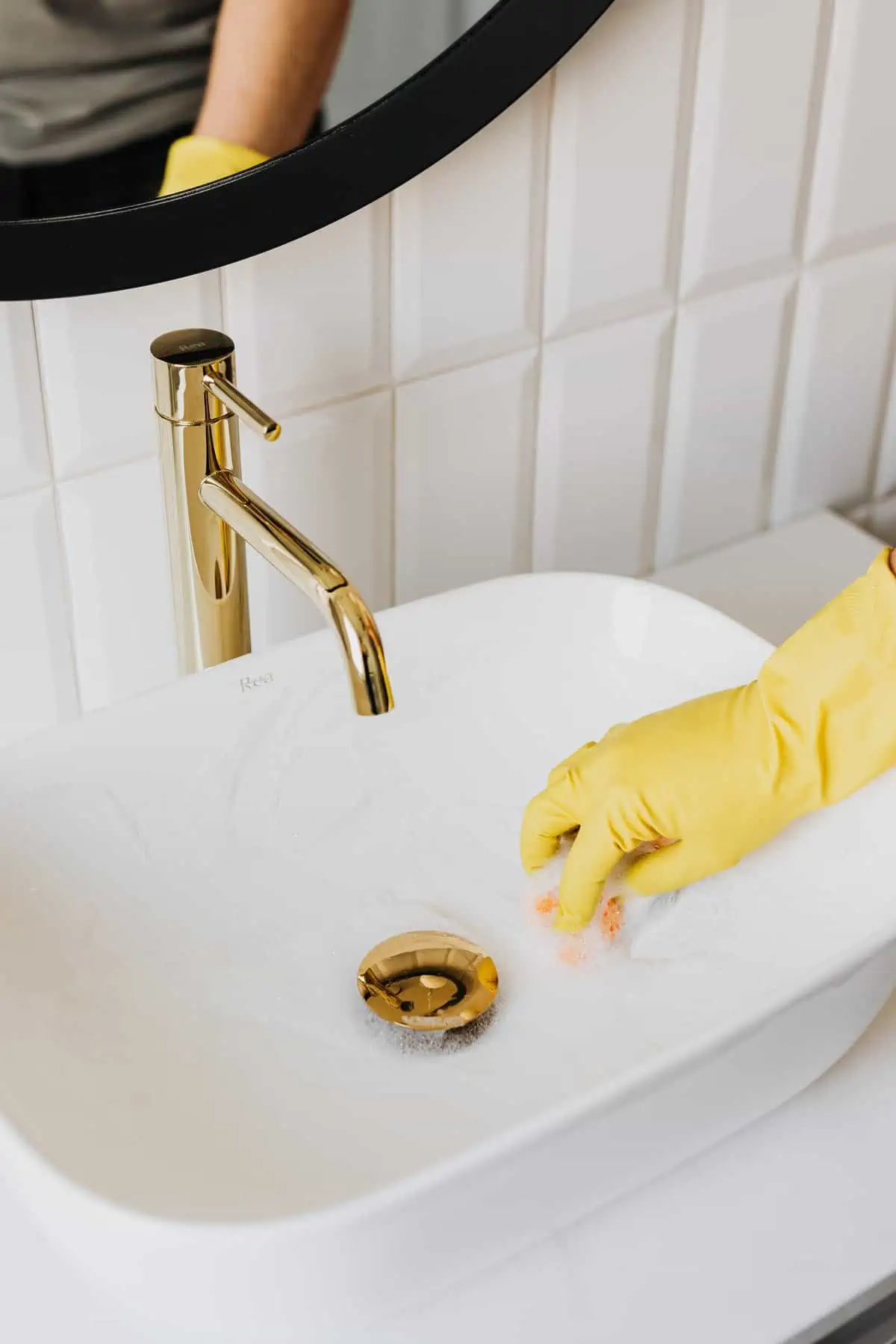
Conclusion
Bathroom fixtures are not only functional but also significant contributors to the overall design and ambiance of your bathroom. By carefully selecting fixtures that align with your style preferences, functional requirements, and environmental consciousness, you can transform your bathroom into a space that reflects your personality and offers a delightful bathing experience. Remember to consider the longevity, compatibility, and water-saving features to ensure a successful bathroom renovation or remodel.
Frequently Asked Questions (FAQs)
1. How often should bathroom fixtures be replaced?
The lifespan of bathroom fixtures varies depending on the quality of the materials and maintenance. Generally, fixtures can last for several years or even decades with proper care. However, if you notice frequent leaks, significant wear and tear, or outdated styles, it may be time to consider replacement.
2. Are all bathroom fixtures compatible with any bathroom layout?
Most bathroom fixtures are designed to be versatile and can be adapted to various bathroom layouts. However, it’s essential to consider the size, plumbing requirements, and installation feasibility when choosing fixtures for a specific bathroom layout.
3. Can I install bathroom fixtures myself, or should I hire a professional?
While some homeowners may choose to install bathroom fixtures themselves, it is recommended to hire a professional plumber for accurate and secure installation. This ensures that the fixtures are properly connected to the plumbing system and reduces the risk of leaks or damage.
4. How can I improve the water efficiency of my bathroom fixtures?
To improve water efficiency, consider installing fixtures with Water Sense labels, which meet the EPA’s criteria for water conservation. Additionally, you can opt for low-flow showerheads, faucets with aerators, and dual-flush toilets, which help reduce water consumption without sacrificing performance.
5. Are there any eco-friendly options for bathroom fixtures?
Yes, there are several eco-friendly options available for bathroom fixtures. Look for fixtures made from sustainable materials, such as bamboo or recycled glass. Additionally, choose fixtures with water-saving features and energy-efficient technologies to minimize your environmental impact.
6. What are bathroom fixtures?
Bathroom fixtures refer to the permanent accessories or fittings found in a bathroom. These include items such as sinks, faucets, toilets, showers, bathtubs, bidets, towel bars, and mirrors. They are essential components that provide functionality and contribute to the overall design and use of the bathroom space.
7. Is shower a fixture?
Yes, a shower is considered a bathroom fixture. It is a permanent fixture that provides a designated area for bathing. Showers typically consist of a showerhead, shower valve, and a drain. They can be standalone units or part of a bathtub-shower combination. Showers come in various styles and designs, such as walk-in showers, corner showers, or enclosed shower stalls. They are an essential component of any bathroom, providing a convenient and efficient way to cleanse oneself. Showers offer versatility in terms of water pressure, temperature control, and features like handheld showerheads or multiple shower jets for a more personalized bathing experience.
8. What is the difference between bathroom fixtures and fittings?
Here’s a table outlining the difference between bathroom fixtures and fittings:
| Bathroom Fixtures | Bathroom Fittings | |
|---|---|---|
| Definition | Permanent accessories and elements that define the functional and aesthetic aspects of a bathroom. | Components that facilitate the flow and control of water within a bathroom or plumbing system. |
| Examples | Sinks, toilets, bathtubs, showers, towel bars, mirrors. | Faucets, showerheads, valves, pipes. |
| Functionality | Provide functionality and usability in a bathroom space. | Regulate water supply and drainage. |
| Installation | Typically larger, require more involved installation processes. | Smaller components that are installed or connected to fixtures. |
| Aesthetic Role | Define the overall design and style of a bathroom. | Supplement the fixtures and contribute to the overall aesthetic appeal. |
9. What are shower fixtures used for?
Shower fixtures are used to provide a convenient and enjoyable bathing experience. They serve several purposes in a shower. The showerhead is a key fixture that disperses water for rinsing and cleaning. It can have different spray patterns and settings for customized water flow. Shower valves control the temperature and pressure of the water, ensuring comfort and safety. Additional fixtures like handheld showerheads offer flexibility and targeted water flow. Other components may include shower arms, diverters, and shower handles for controlling the water flow and directing it to different outlets. Overall, shower fixtures are essential for regulating water flow, temperature, and enhancing the functionality and comfort of showers.
10. What is the difference between sanitary fittings and fixtures?
Here’s a table outlining the difference between sanitary fittings and fixtures:
| Sanitary Fittings | Fixtures | |
|---|---|---|
| Definition | Components that regulate water flow and control within a bathroom or plumbing system. | Permanent accessories and elements that define the functional and aesthetic aspects of a bathroom. |
| Examples | Faucets, showerheads, valves, pipes. | Sinks, toilets, bidets, bathtubs, showers, towel bars, mirrors. |
| Functionality | Facilitate the flow and control of water supply and drainage. | Provide functionality and usability in a bathroom space. |
| Primary Role | Regulating water supply and drainage. |
11. Name some toilet fixtures brands?
Some popular toilet fixture brands:
- Kohler
- Toto
- American Standard
- Duravit
- Gerber
- Mansfield
- Sterling
- Jacuzzi
- Delta
- Glacier Bay
These brands offer a wide range of toilet fixtures with various features, designs, and price ranges to suit different preferences and requirements. It’s important to research and compare products from different brands to find the one that best fits your needs.
12. Name some toilet fixture names?
Some examples of specific toilet fixture names:
- Kohler Cimarron
- Toto Drake
- American Standard Cadet 3
- Duravit Starck 3
- Gerber Viper
- Mansfield Alto
- Sterling Windham
- Jacuzzi Primo
- Delta Prelude
- Glacier Bay Dual Flush
These are just a few examples of toilet fixture models available from various brands. Each model may have different features, styles, and specifications to cater to different preferences and requirements.
13. Share some Bathroom fixtures list?
A list of common bathroom fixtures found in a typical bathroom:
- Sink or Basin
- Faucet or Tap
- Vanity or Bathroom Cabinet
- Mirror
- Toilet
- Bathtub
- Showerhead
- Shower Valve
- Shower Enclosure or Stall
- Towel Bar or Towel Rack
- Soap Dispenser
- Toilet Paper Holder
- Robe Hooks
- Bathroom Exhaust Fan
- Lighting Fixtures (such as vanity lights or overhead lighting)
These fixtures are essential components that provide functionality and contribute to the overall design and use of a bathroom space.
14. Name some Bathroom fittings names?
Here is a list of common bathroom fixtures found in a typical bathroom:
- Sink or Basin
- Faucet or Tap
- Vanity or Bathroom Cabinet
- Mirror
- Toilet
- Bathtub
- Showerhead
- Shower Valve
- Shower Enclosure or Stall
- Towel Bar or Towel Rack
- Soap Dispenser
- Toilet Paper Holder
- Robe Hooks
- Bathroom Exhaust Fan
- Lighting Fixtures (such as vanity lights or overhead lighting)
These fixtures are essential components that provide functionality and contribute to the overall design and use of a bathroom space.

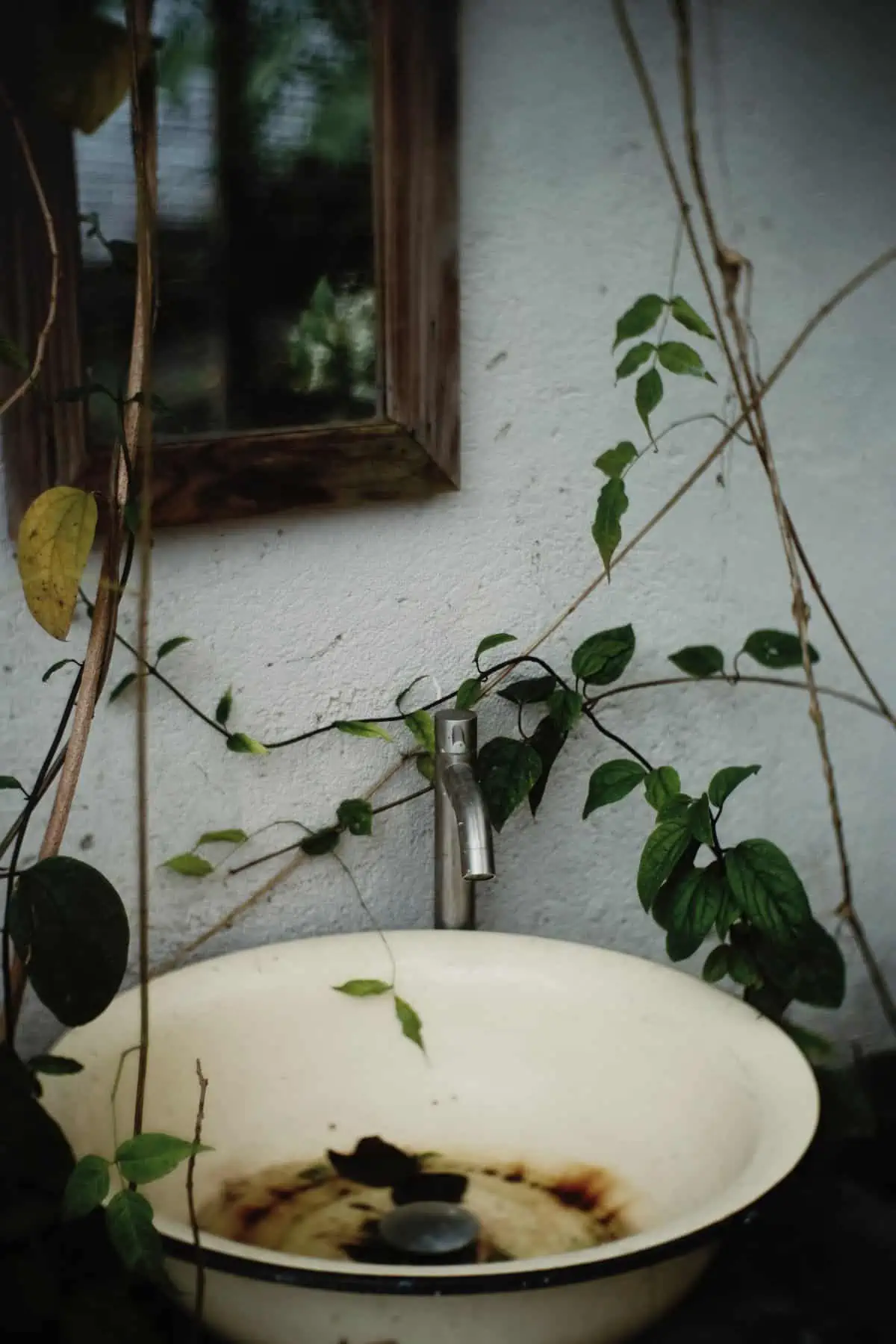
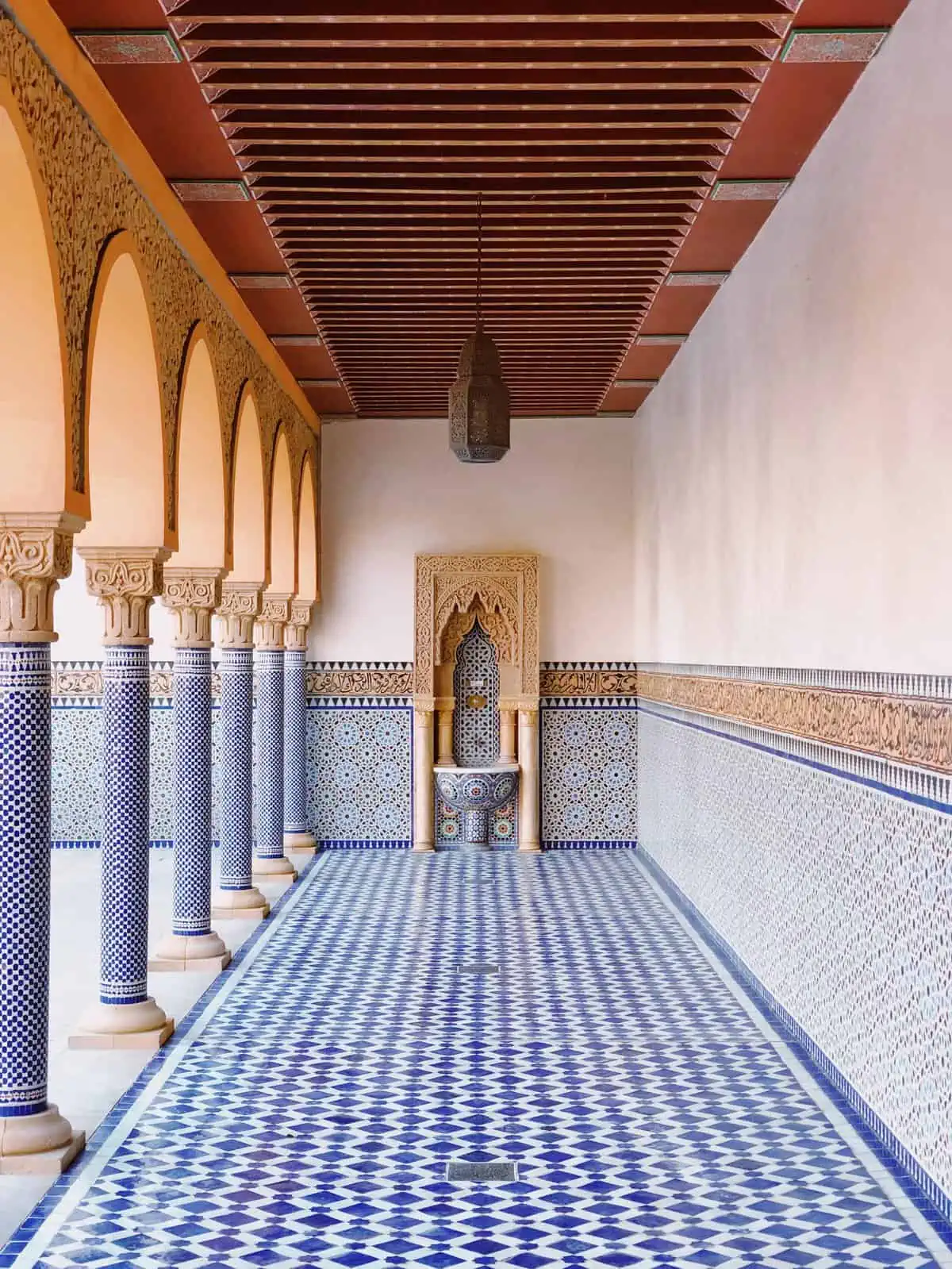


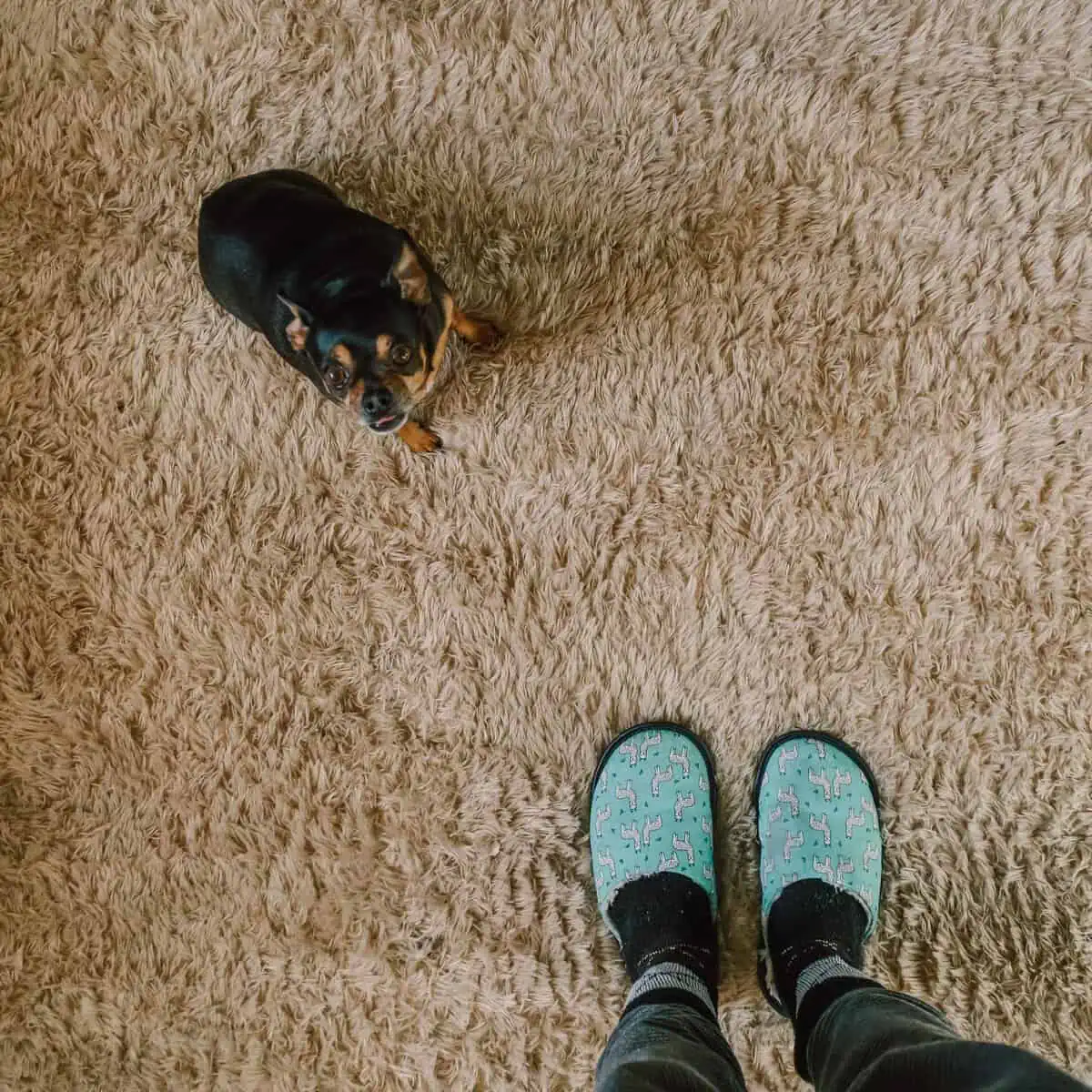
Pingback: Jack and Jill Bathroom Ideas: 58 Functional and Stylish Idea - House N Villas